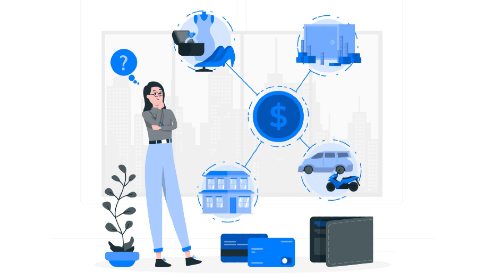Could the Creator Economy Be the Making of Gen Z?
Web design and development have been around for a number of years, but now we’re seeing it gather momentum. The whole sector did benefit somewhat from the silver lining in the COVID-19 cloud. People moved their lives online even more than before. Now there is good reason to think that web creation and creator economy are here to stay. Web creators used to be looked down on as not doing a real job. Offline experiences are still referred to as the “real world,” with the implication that digital experiences don’t really count. However, a new survey by Elementor shows that web creators are a growing field, together with a celebratory video that rejoices in the impact of web creation on the entirety of our lives. Here are some of the signs that web creation is permanent, and soon to be dominant, part of the creator economy of the future.
Web Creation Heads Are Young People
By and large, web creation is a younger person’s career. Elementor reported that 67% of web creators are either Gen Z or millennials and that 55% of millennials rely on web creation as a full-time job, compared with just 19% of baby boomers. Close to 80% of those surveyed said that they’d been working in web creation for under 5 years. This is testimony to the space for future growth for this sector. As more Gen Z-ers enter the workforce and bring their digital native approaches with them, it’s likely that we’ll see the percentage of people working in web design, web development, UX design, and other similar fields continue to rise.
Creator Economy – Web Creation Has Gone Mainstream
If web creation was once an indulgence and a hobby on the side, things have changed dramatically. Today, 78% of web creators are proud of their careers. Jobs that involve digital design and web creation are mainstream, with demand for web creators coming from every industry and vertical.
Pandemic Drove Demand for Digital
Web creation was clawing its way up even before COVID-19 hit, but the outbreak accelerated the trend noticeably. With bricks and mortar stores shuttered and places of entertainment closed down, everyone moved their relationships and purchases online. Businesses had no choice but to create or upgrade their website once digital experiences were the only game in town, driving a spike in demand for the services of web designers and developers. And once consumers experienced digital interactions, they discovered their appeal and wanted to carry on even after the return of in-person experiences.
Among Elementor’s survey participants, 68% said they saw a demand surge since the outbreak of COVID-19, and 70% agree that the field became more competitive than it was a year ago.
Creator Economy – Web Creation Is the World We Live in
Although some may persist in drawing boundaries between the physical world and our digital experiences, most of us today live omnichannel lives. The internet has matured to the point that we don’t really feel a break between chatting with a friend on WhatsApp and continuing the conversation when we meet in the office. Web creation drives everything that we do, from shopping to dating, as reflected in Elementor’s video about web creators. This is probably why 78% of web creators expect demand to grow in the upcoming year, and almost as many — 77% — say it will keep growing over the next five years.
Creator Economy & New Tools Help Smooth the Process
The appearance of more web creation tech is only adding to the impetus. New platforms, apps, and tech tools offer templates, one-click filters, and embellishments that help web creators expand their businesses without requiring code or techie skills. Like Elementor’s newly-launched web creator hub, for example. It hosts a web creation community where creators can swap tips and ideas, alongside educational resources, custom website templates, and design assets like icons and backgrounds.
Web Creation Is on Solid Ground
With the high demand, new tools, and mainstream acceptance, there’s good reason for web creators to feel confident about their future. Younger workers are leading the charge, with the result that the pool of web creators isn’t likely to shrink any time soon.




Leave a Reply